The Sarajevo Tunnel
By Sydney Tong on December 21, 2016. Read time: 4 mins.
During the 1992-1996 Siege of Sarajevo, the Kolar family built an underground tunnel connecting their basement in Butmir to an apartment building in Dobrinja. The Sarajevo tunnel was the best-kept secret during the war and without it, the citizens of the city would not have survived.
In an attempt to starve and weaken Sarajevo the Serbian troops completely cut off the city from receiving supplies. In the pursuit of survival, the Bosnian army devised a plan to connect the two neighborhoods. Dobrinja was within Serbian controlled territory while Butmir was outside of Serbian control and near an airport with United Nation aid.
Due to the lack of supplies, the tunnel was dug by hand for 24-hours a day in 8-hour shifts. The tunnel took approximately 4 months to build and over the rest of the war improvements were added like electricity and a rail to push carts filled with supplies.
The tunnel extended 800-meters underneath the airport and took 2-hours to walk. It was the lifeblood of the city during that time and supplied the citizens and soldiers with food, supplies, newspapers, fuel, and weapons. It was also used as a way to escape the city, and it is estimated that 2-3 million citizens used this tunnel during the war.
During the siege, journalists, and diplomats guarded the locations of the entrances to the tunnel was kept a secret to avoid discovery by Serbian troops. Serbians knew of the tunnel's existence but were not aware of any of the specifications or the entrance locations. Nowadays, the Kolar family home serves as a memorial to those lost during the siege and a reminder of Bosnian strength and perseverance.
How to get to the tunnel
Any way you decide to visit this museum will result in an appreciation for Sarajevo and a good memory of your time there. Most of them cost approximately the same, just provide different experiences.
- Tour- Tours are on-going and easily organized. If you are a solo-traveler, this option may be cheaper than hiring a taxi. Tour guides can explain stories of the war and answer and questions, which is helpful because we did not see any staff at the museum (outside of the ticket booth).
- Taxi- The ride will cost you around 40BAM ($20 USD) and will take 25 minutes.
- Car-If you are driving expect the drive to take 25 minutes. There is a large parking lot in front of the museum.
- Bus- This costs 1.8M (USD 1.00) one-way and can be purchased on the bus. Make sure you bring exact change, or as close as possible. This ride takes 1-1.5hours and includes a 30-minute bus ride and a 30-minute walk. We took the 103 bus. We had already taken several tours and were not interested in another one, so we chose this method of adventure.
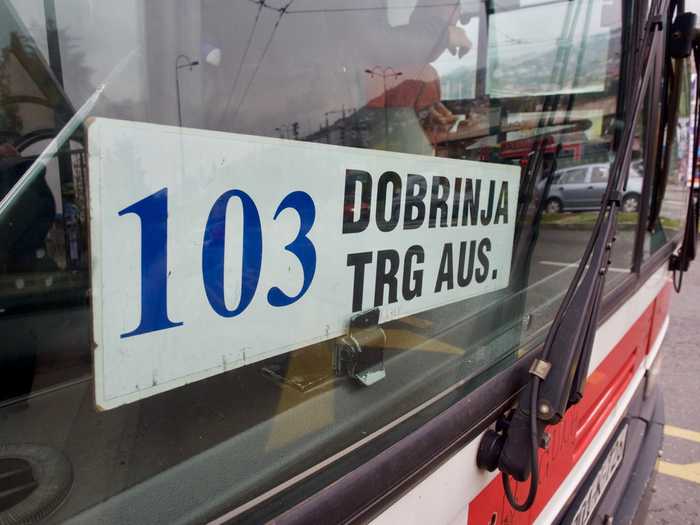
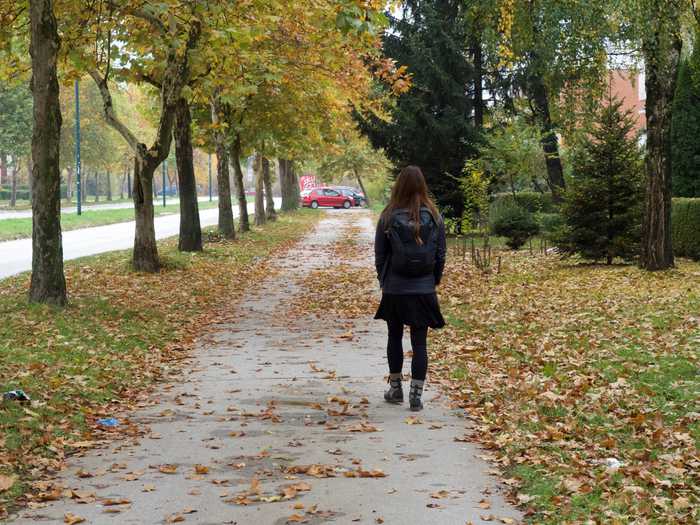
What to expect
Admission is 10BAM ($5.92USD) for adults and 5BAM ($2.96 USD for students. All admission tickets include an audio tour that uses the visitor's phone. Bring earphones or be prepared to try to hear the audio over guests and tour guides.
The audio tour explains why the tunnel was necessary during the siege and how crucial it was for the freedom of Sarajevo. Signs describe the maps and pictures posted throughout the museum. There are small sitting rooms with a movie playing. There aren't any words or explanations; it is just footage of the tunnel during this period.
Most of the tunnel has collapsed but 20-meters still stands, and you can walk through to get an idea of what people did to survive. The whole house has been turned into a museum and is still owned by the original family.

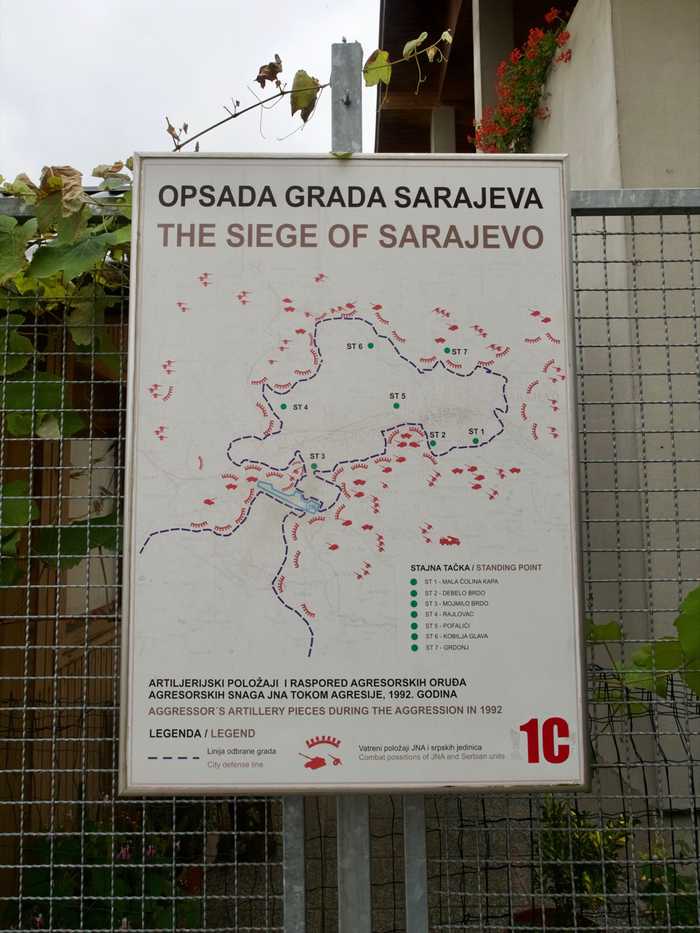
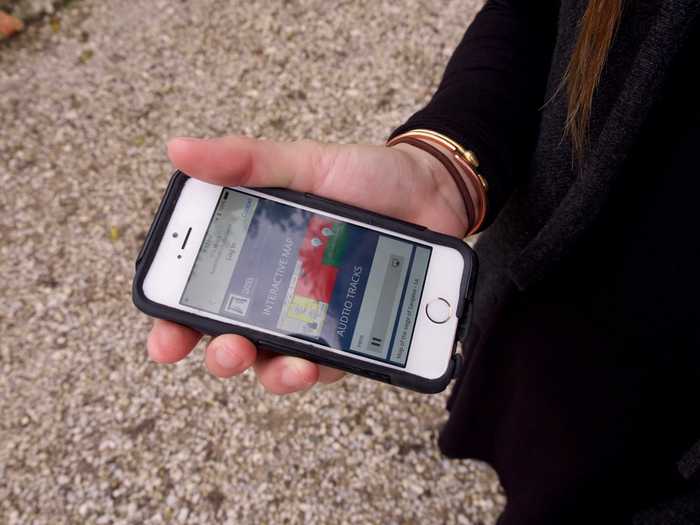
Our thoughts
We recommend visiting this museum while in Sarajevo. This museum provides a more intimate look into the community and the extremes they went through to survive the war. The emotional stories and facts from the war paint a picture that connects visitors to the past.
The audio guide was loaded with information, but it was difficult to follow. It was also hard to hear other guests and tour guides. We had been to several museums and had taken a walking tour so we were not lost and could keep up with the program.
We loved the bus ride and the walk to the tunnels. It was a beautiful autumn day, and it was refreshing to experience life outside of the city. On the bus ride to the museum, Gabe gave up his seat to an older woman. It is a Bosnian bus custom for the woman to hold the bag of the person who gave up their seat. She noticed that we weren’t from Sarajevo and talked with us for the bus ride. She was extraordinarily kind and also gave us some tea leaves and berries that she had just finished picking.
On the walk to the museum, we passed charming houses; many were riddled with bullet holes as a reminder of the grim past. We also walked by a small graveyard and a herd of sheep grazing on lush grass. Many residents greeted us and waved as we walked by.
If you have time, we recommend taking the bus and walking to the museum. It was the best experience, and we got the privilege of seeing how life is in Sarajevo. Any way you decide to visit this museum will result in appreciation for Sarajevo and a good memory of your time here.

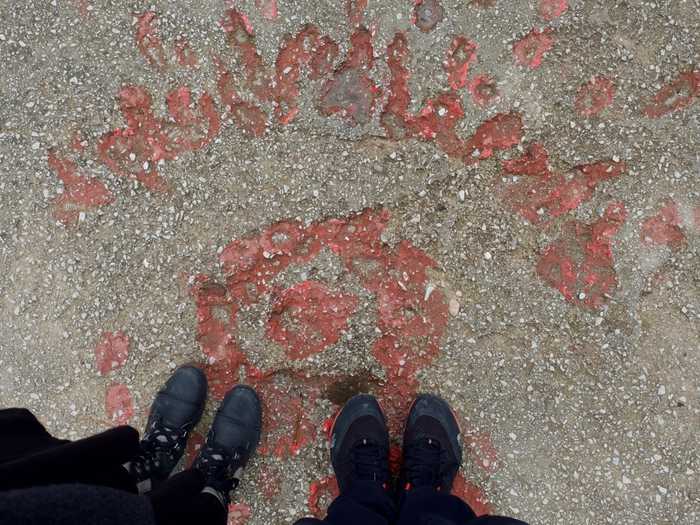
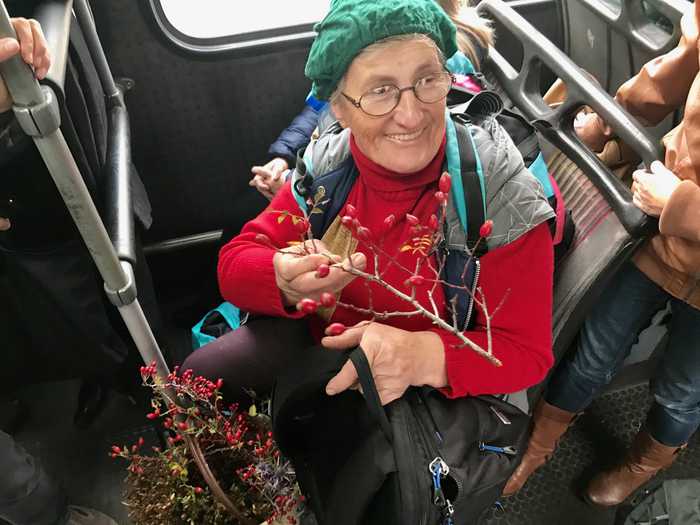
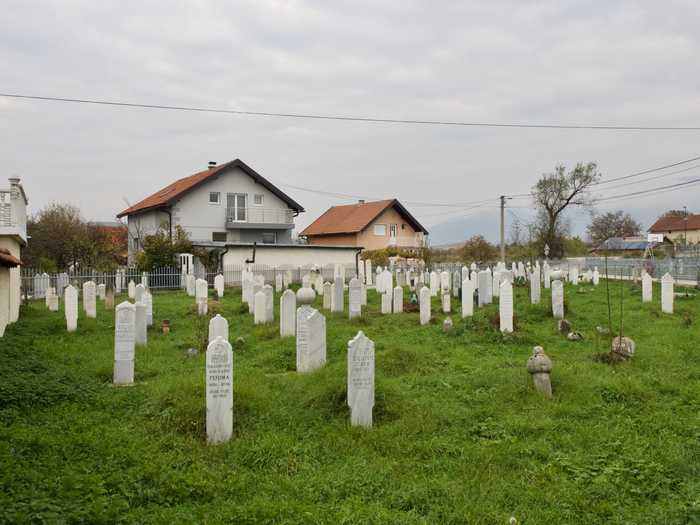
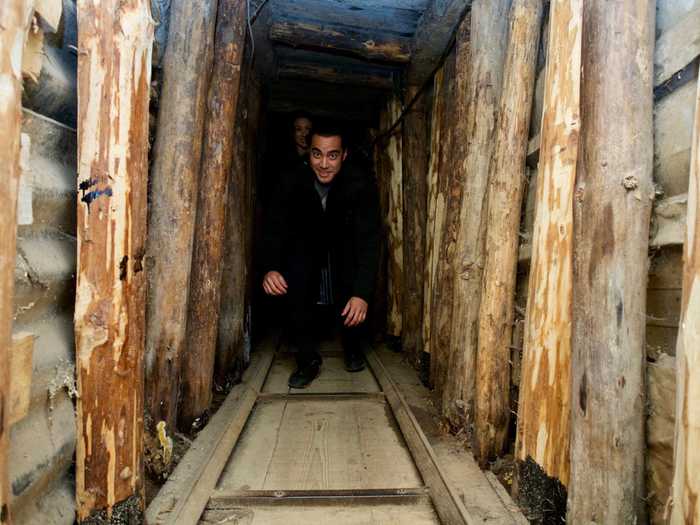

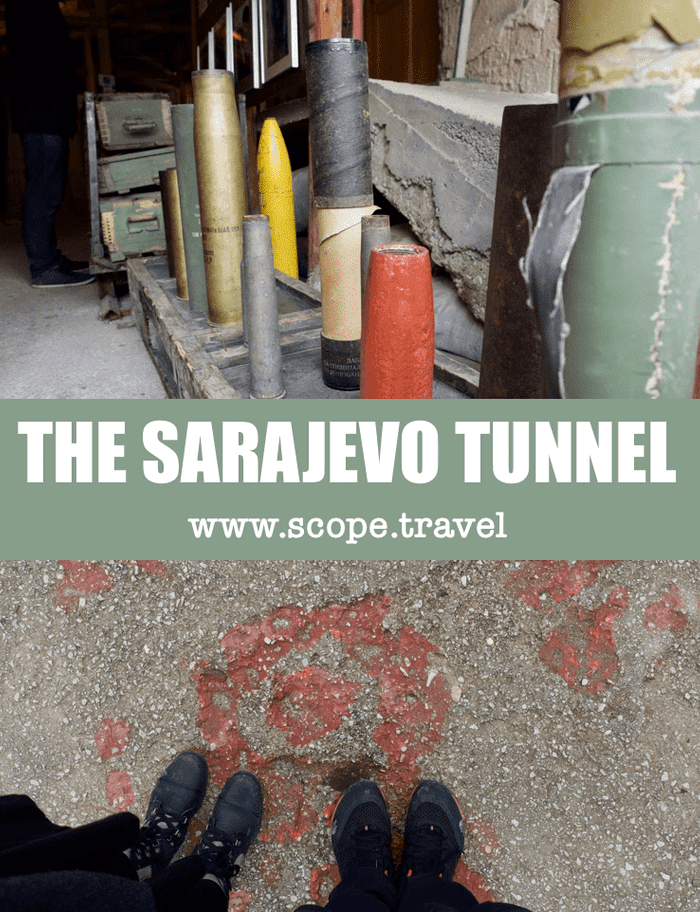
Join our weekly adventures
Gain access to our exclusive travel tips and more!
Expect exotic destinations, big adventures, flavorful food and unforgettable stories from our travels.